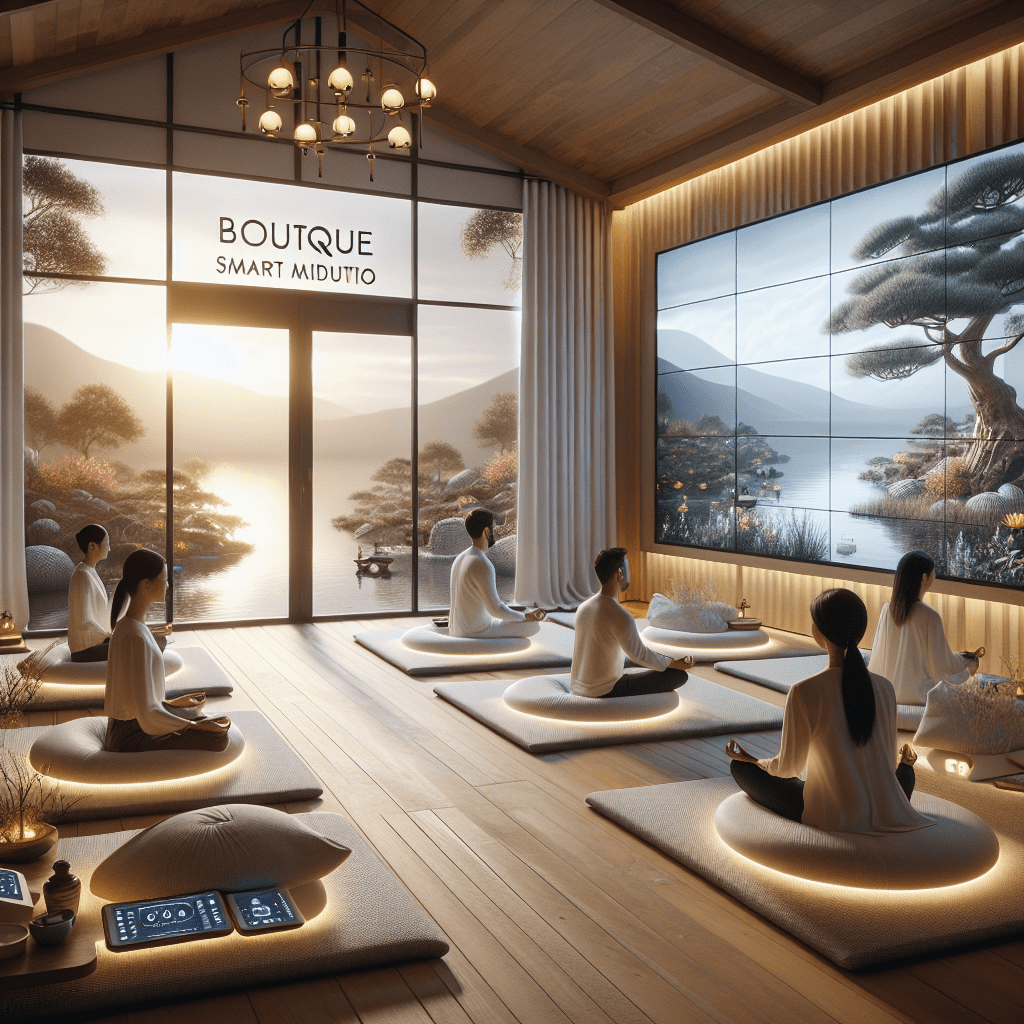
Prioritize your mental well-being daily. Enhance your life by nurturing your mental health with the Smart Meditation app. Break free from stress, alleviate anxiety, and enhance your sleep quality starting today.
What Helps Flexibility Yoga Or Pilate?
Unlocking the Secrets of Suppleness: Yoga vs. Pilates
In the quest for that buttery-smooth flexibility, many folks find themselves tangled up in the age-old question: Yoga or Pilates – which one’s the real McCoy for morphing into a pretzel? Let’s embark on a journey, untangling this conundrum, and by the time we’re through, you’ll be well on your way to making an informed decision.
The Essence of Elasticity: Yoga’s Ancient Alchemy
Yoga, with its roots burrowing deep into the ancient Indian subcontinent, isn’t just about bending and twisting into unfathomable shapes. It’s a holistic journey combining physical postures (asanas), breath control (pranayama), and meditation (dhyana), aiming not just at physical elasticity but mental tranquility too.
Why Yoga Might Just Be Your Flexibility Friend:
- Variety is the Spice of Life: From the gentleness of Hatha to the intense heat of Bikram, yoga presents a smorgasbord of styles, each with unique twists on flexibility.
- Balance and Beyond: While you’re inching closer to touching your toes, yoga sneakily enhances balance, coordination, and reduces stress, thanks to its meditative elements.
- Slow and Steady Wins the Race: Yoga promotes gradual, controlled stretches that minimize the risk of injuries, making it a safe bet for the flexibility rookies and pros alike.
Pilates: The Undercover Flexibility Operative
Now, don’t let Pilates fool you with its fancy machines and resistance bands. Invented by Joseph Pilates in the early 20th century, this method is no less a contender in the flexibility arena. While Pilates might seem more focused on strengthening the core, it’s secretly whipping your flexibility into shape too.
Here’s Why Pilates Shouldn’t Be Underestimated:
- Strength to Support: By building a strong core, Pilates provides the necessary muscle support for deeper stretches and flexibility work.
- Precision is Key: Pilates demands focus on the precision of movement, which can lead to improved alignment and subsequently, better flexibility.
- Equipment Advantage: Those machines and bands aren’t just for show; they assist in achieving greater range of motion and deeper stretches, helping muscles to lengthen and become more pliable.
Which Path to Flexibility to Trek Down?
Ah, we arrive at the fork in the road. So, which path leads to the promised land of flexibility? Well, like any good twist in the tale, the answer isn’t straightforward.
Listen to Your Body (and Goals)
If you’re seeking not just flexibility but also a side of spiritual serenity, yoga might be your soulmate. On the flip side, if you’re all about that core and enjoy a more structured class, Pilates could be your ticket.
Combining Forces for Ultimate Flexibility
Who says you must choose? Many flexibility aficionados find a happy middle ground by practicing both. Yoga and Pilates complement each other beautifully, blending the benefits of mental calmness and core strength, creating a well-rounded, flexibility-enhancing regimen.
The Takeaway
At day’s end, whether you chant your om in a serene yoga studio or power through Pilates with precision, you’re on the right track. Remember, flexibility isn’t built in a day. Be patient, listen to your body, and perhaps dabble in both arts. After all, variety’s the spice of life, especially on your journey to becoming as bendy as a rubber band.





